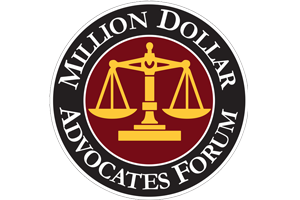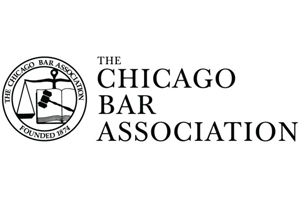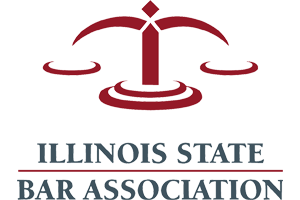Results-Driven
Ruptured Disc or Herniated Disc Injuries
October 25, 2007
The spine is comprised of a series of connected bones called vertebrae. A disc is comprised of an out layer (or “annulus fibrosus”) and gel like center (or “nucleous pulpulsa”) which separates parts of the vertebrae from one another. In many ways, a disc acts like a cushion between the vertebrae. Trauma from an auto accident, fall or stressing event can cause the disc to herniated or rupture, where the outer layer tears and begins to leak the inner gel. In other instances, old age can cause disc to degenerate which may or may not cause pain.
When a Disc Ruptures or Herniates
If a disc ruptures or herniates, it can press on nerves in the spine causing pain, numbness, tingling or weakness in one or more extremities. For example, a herniated disc in the back or lumbar region can cause these symptoms down a leg (often called “sciatica”). A herniated disc in the neck can cause the same symptoms down an arm.
The typical course of treatment is a combination of medication and physical therapy. Sometimes, the symptoms from a herniated disc will resolve over time. Other times, these symptoms will not improve and may worsen. When conservative measures fail, an injection or surgery is often recommended.
The goal of surgery is to make the herniated disc stop pressing on and irritating the nerves that cause pain, numbness, tingling or weakness. A common surgical procedure for herniated disc is called a “discectomy” or “partial discectomy.” During this procedure, all or part of the herniated disc is removed.
If you believe you or a loved one has suffered a herniated or ruptured disc because of another’ negligence, please contact our Chicago Personal Injury Office for a free consultation.







